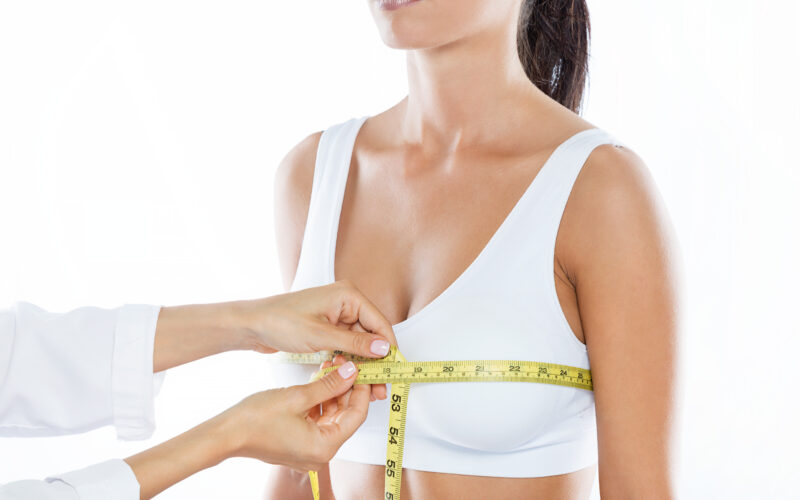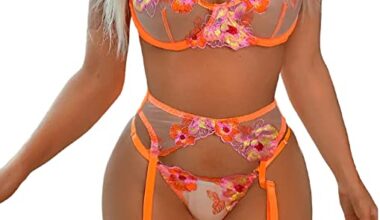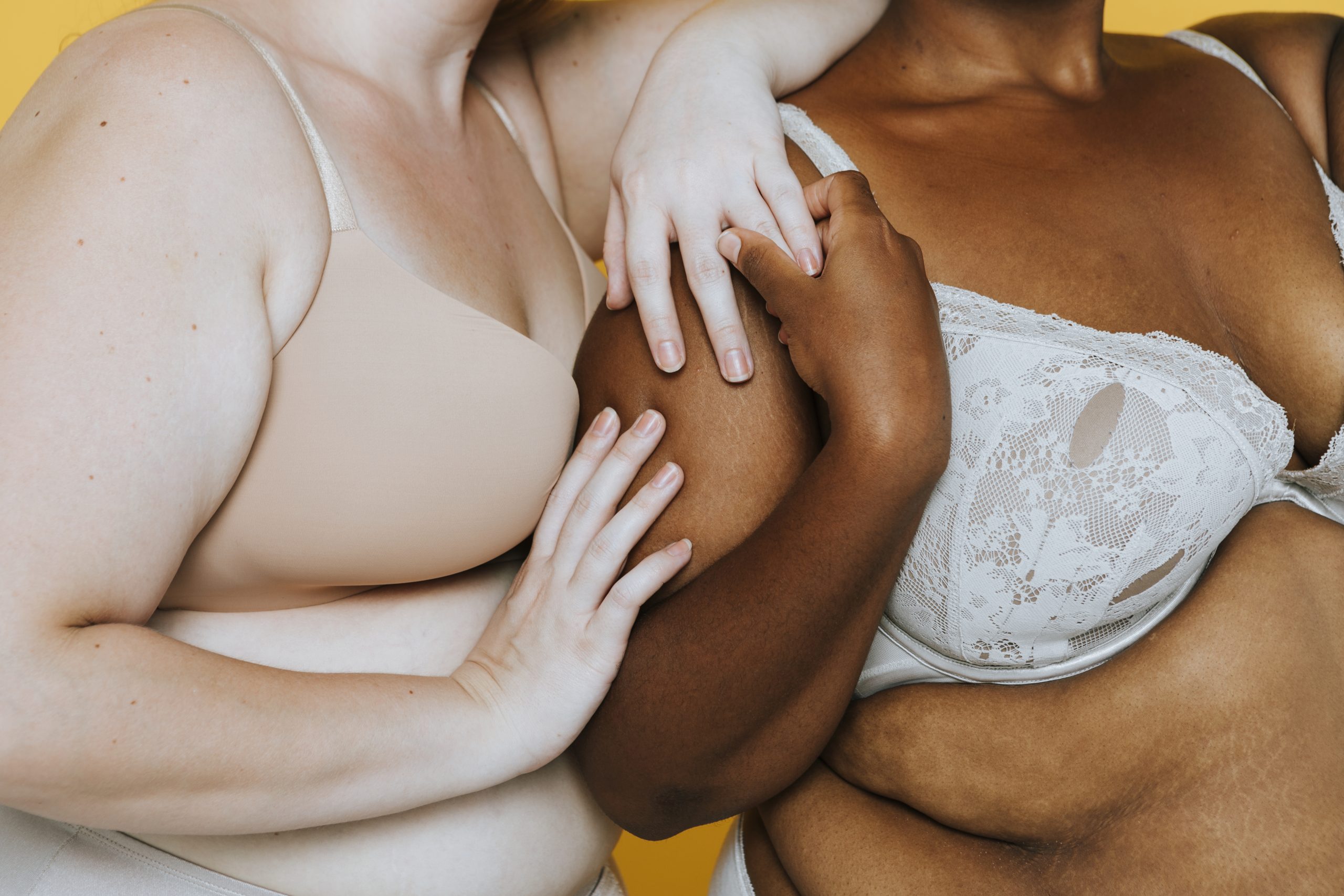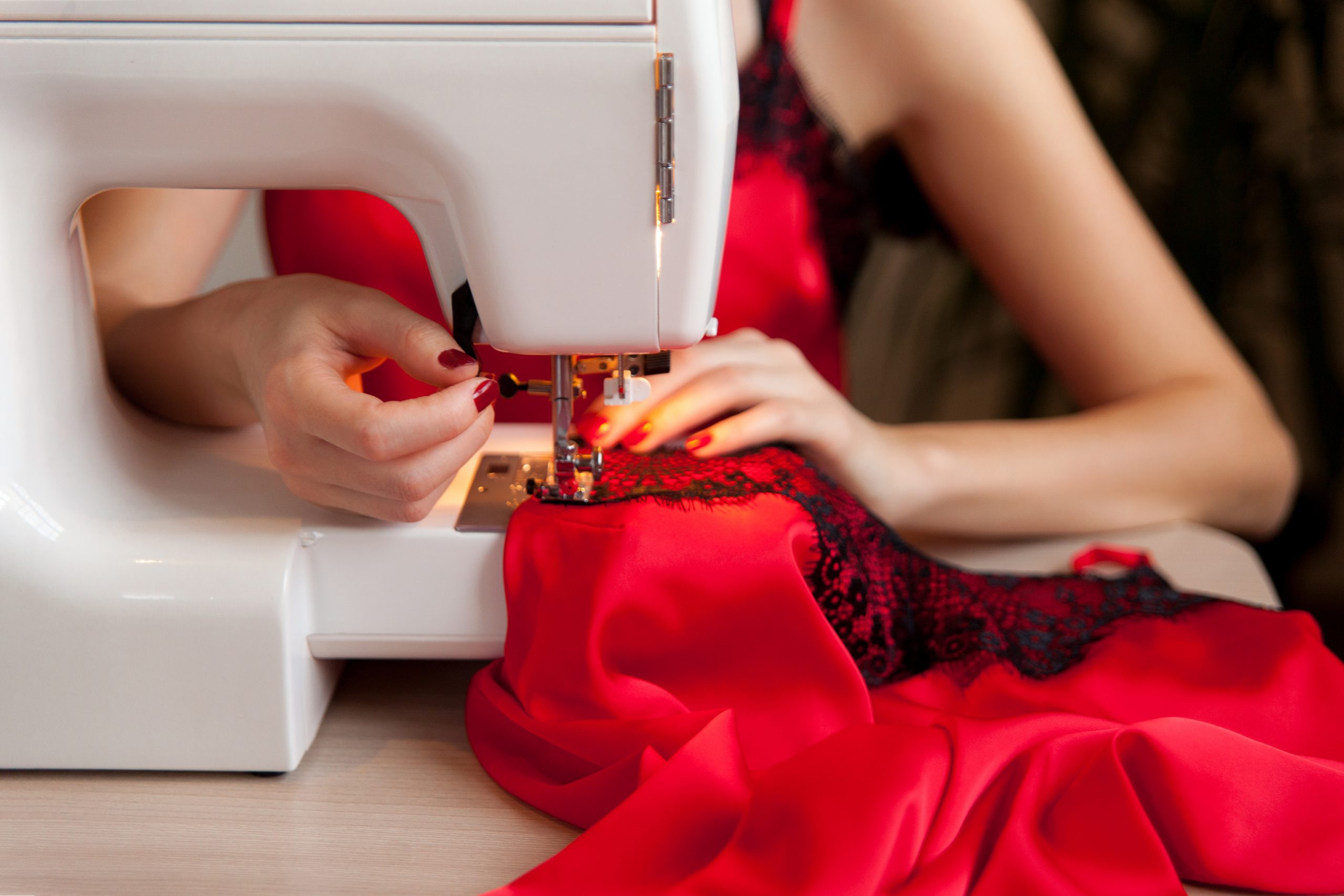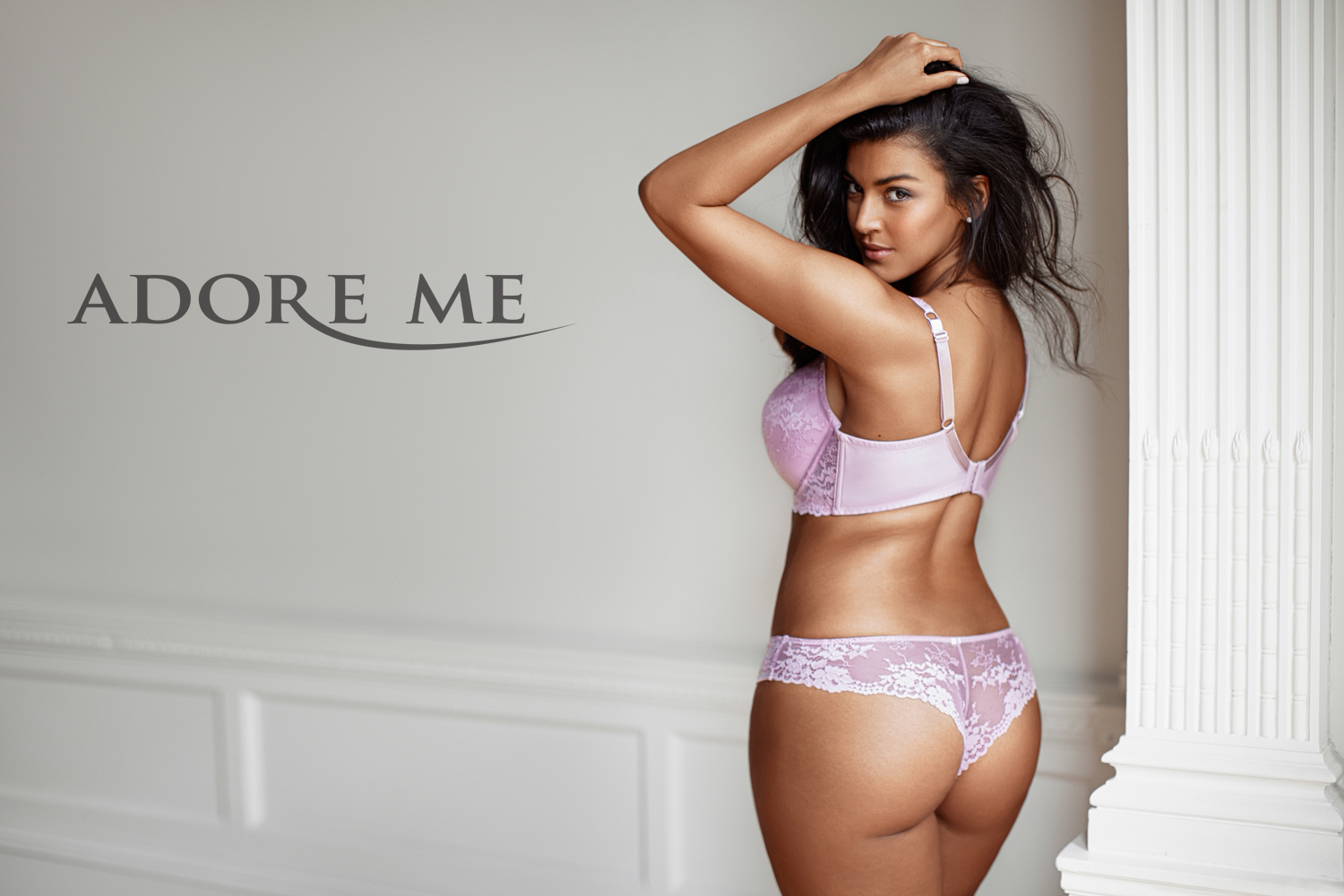Shopping for a bra can be overwhelming, especially if you’re not familiar with the sizing. It’s important to understand what your bra size means and how it affects the fit of your bra. Let’s explore the basics of bra sizes and why they are so important.
Understanding The Numbers & Letters in Bra Size
Your bra size is made up of two parts. The first part is a number, which indicates your band size (ie. 32, 34, 36). The second part is one or two letters which indicate cup size (A, B, C).
The Number in a Bra Size
The number portion of the bra size refers to the circumference around your rib cage just underneath your breasts. To get this number, you need to measure yourself with a tape measure and record that number in inches. This is also referred to as your “band size” or “back size.”
For example, if you measure 33 inches, then your band size is likely 34 bra size (33 + 1 = 34). If you don’t find a 34-inch band comfortable, try going up or down one inch depending on how tight it feels. Every brand fits differently, so it’s important to try different sizes within different brands when possible.
The Letter in a Bra Size
The letter portion of the bra size refers to cup size, which is determined by measuring around the fullest part of your bust (with no padding) and subtracting from your back measurement. Each inch difference corresponds with a cup letter grade; for example, A represents 1 inch difference between band and bust measurements while D represents 4 inches difference between band and bust measurements. So if you have a 28-inch back measurement and 33-inch bust measurement, then that would be 28C (28+3=31C). Again – every brand fits differently so you may want to consider trying different sizes within different brands when possible!
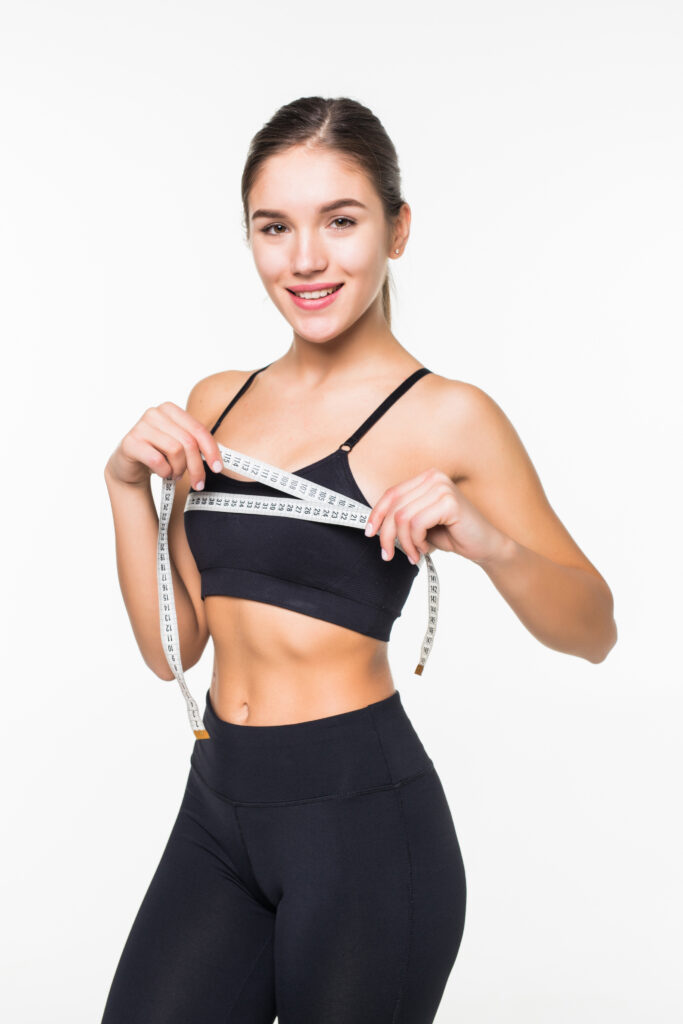
Generally speaking, the larger the number in your bra size, the wider your band will be. The letter(s) in your bra size will tell you how deep or shallow your cups are. A smaller letter typically indicates shallower cups while bigger letters indicate deeper cups.
What is ABCD in bra size?
ABCD in bra size simply refers to the cup sizes A, B, C and D. Finding the right size is something that every woman needs help with at some point, and friendship is key! Having somebody you can confide in and get advice from can go a long way in ensuring your clothing fits perfectly for all your lifestyle needs. Sharing tips about fit and style can be a great bonding experience between friends, bringing people closer together over something as important as their health and wellbeing.
What is a DDD bra size equal to?
Confused about what a DDD bra size is equal to? Well no need to feel embarrassed—it can be easy to mix up and hard to remember! A DDD is actually the same as an F. Depending on the brand, they will label them differently. To recap, after size D you’ll want to cater it up one increment at a time: DD (which is actually equivalent to E); then comes DDD (F); then finally DDDD (G). Here is a detailed information about sister bra sizes.
Should you go down a size in a strapless bra?
If you’re having difficulty determining which size is right for you, seek out a trusted friend. Have them measure you, then compare your numbers with the band and cup sizes of available bras. You’ll get a better idea of whether or not going down a size makes sense for your body type.
Don’t forget: sometimes it helps to try on several different styles and sizes to figure out what works best. With the help of friendship and some patience, you’ll find the perfect strapless bra that’s comfortable and makes you feel confident!
Why Is It Important to Know My Bra Size?
Knowing your exact bra size is important because it affects both comfort and support when wearing a bra. If you choose a bra that isn’t the right size for you, it won’t provide adequate support or coverage and can even cause pain or discomfort. An ill-fitting bra can also make lumps and bumps more visible through clothing and may cause straps to slip off of shoulders due to inadequate support from an incorrectly sized band.
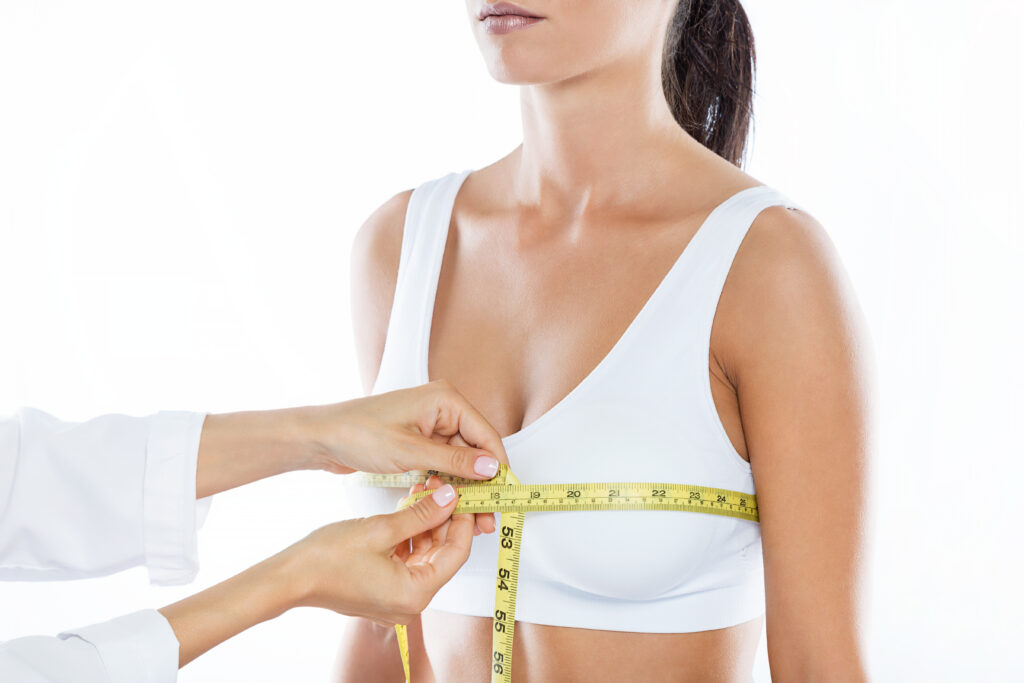
A properly fitted bra should lay flat against your rib cage without digging into skin or riding up in the back; straps should feel comfortable enough to keep them on but firm enough that they don’t slide down; and cups should encase all breast tissue without any bulging over the top or spilling out of the sides.
What is the smallest bra size?
The smallest bra size available is AAA cup which, typically speaking, is most appropriate for young women who have just begun to develop breast tissue. These bras provide a comfortable fit that is less than 1/2 inch larger than the chest at the fullest part of the breast.
Which Bra is Best for a 40 Size?
When shopping for bras in a size 40, consider which types of bras would suit your needs and style best. Many women opt for t-shirt or soft cup bras for everyday wear. These bras provide comfort and support without being overly constricting or uncomfortable. Balconette bras also work well with larger sizes, as they offer more coverage than standard underwire styles. For those looking to add a bit of cleavage to their look, push-up bras are always a great choice—just make sure they fit comfortably and securely!
Plus Size Lingerie Options
For those who want something more stylish and special, plus size lingerie options typically range from sizes 38-44, so it can be tricky to find pieces that fit perfectly. The key is to look out for special features like adjustable straps and panels that allow you to customize the fit of your lingerie piece. It’s also important to take into consideration the quality of the fabric when choosing plus size lingerie; some materials may be too sheer or too heavy depending on your preference.
Shopping Tips for Women with a 40 Size Figure
When shopping for any type of bra or lingerie piece in this size range, it’s important to try them on before buying them. This will ensure that you get the perfect fit, as well as avoiding any potential embarrassment after buying something that doesn’t fit properly! Additionally, don’t forget to measure yourself regularly—your body shape may change over time due to various factors such as age or weight gain/loss—which means your bra size could shift too! Knowing your measurements will save you time and energy when shopping.
How do I calculate my bra size?
Step 1: Measure Your Band Size
The first step is to measure your band size, which is the number part of your bra size. To do this, use a fabric tape measure and wrap it around your rib cage just beneath your breasts. Make sure the tape is snug but not too tight, and round off any fractional numbers to the nearest whole number (e.g., 32 ½ would become 32). This is your band size!
Step 2: Measure Your Bust Size
Next, you’ll need to measure your bust size—the letter portion of your bra size. To do this, take the fabric tape measure and wrap it around the fullest part of your chest (over your nipples). Again, make sure that the tape isn’t too tight or too loose; it should lie flat against skin without squeezing or gapping. Once more, round off any fractional numbers to determine your bust measurement.
Step 3: Subtract Your Band Size From Your Bust Size
Once you have both measurements written down (band and bust), subtract the band size from the bust measurement. For example, if you measured 32 inches for band and 36 inches for bust then 36 – 32 = 4 inches. The difference between these two measurements determines what cup size you are. Here’s a handy chart for reference:
0 inches = AA Cup 4 inches = D Cup
1 inch = A Cup 5 inches = DD/E Cup 9 inches = I Cup
2 inches = B Cup 6 inches = DDD/F Cup 10 inches = J Cup
3 inches = C Cup 7-8 inches = G-H Cups 11+inches= K+ Cups So in our example above (36 – 32) we got 4 which means that person would wear a D cup! Put simply: if the difference between band and bust is 1 inch then A cup; if 2 then B cup; etc., all the way up until 11+ where K+ cups begin! Now let’s figure out our full bra size…
Step 4: Combine Band And Cup Sizes To Determine Bra Size
Now that we know both parts of our bra size (band + cup) we can combine them together to get one complete measurement! In our example above we determined that our band was 32 and our cup was D – so our full bra size would be 32D! You can repeat this same process for each type of clothing item you buy—just remember those two simple steps of subtracting one from the other!
Step 5: Get Fitted By Someone Who Knows What They’re Doing!
It’s always best practice to get fitted by someone who knows what they’re doing when it comes to bras (especially if you’ve recently had breast surgery or other changes in body shape). Licensed professionals are able to take into account any unique features or needs that may impact what type of undergarment fits best on an individual basis — so don’t hesitate to reach out for help if needed. Professional fittings are also great because they allow customers access to speciality items like bridal corsets or nursing bras which would otherwise be difficult (or impossible!) find through traditional retailers alone.
It can take some trial and error before you find bras that fit perfectly, but having a good understanding of what makes up a proper fitting will help narrow down selection so that you can find bras that best suit you! Knowing exactly what goes into your unique size will also help eliminate guesswork when shopping online for bras as well as ensure better comfort when wearing them throughout the day! Don’t get intimidated by these numbers—once you have a better understanding of them, shopping for bras will become much less stressful!

